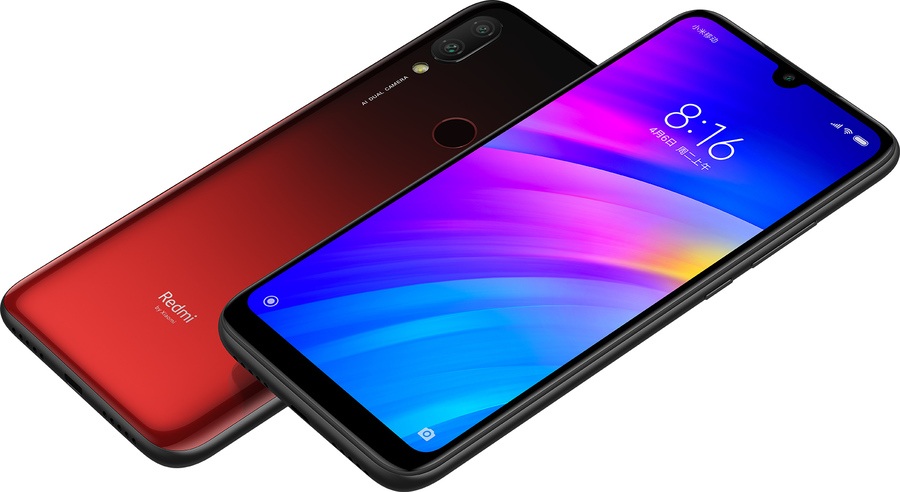The Redmi lineup initially helped Xiaomi a lot to earn their bread and butter and build the empire of cost effective phones. Increase the value proposition by providing as many features as possible was their mantra.
Redmi was eventually separated from Xiaomi, and revealed themselves as an independent subsidiary. The strategic move was needed to “accelerate Xiaomi’s global expansion progress”.
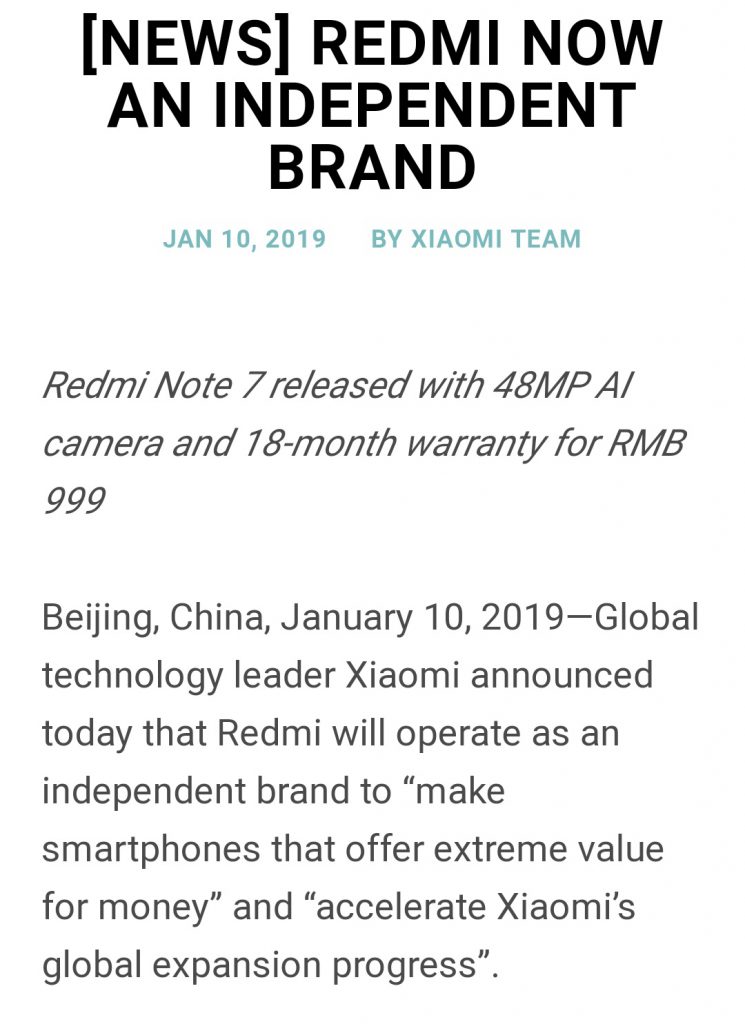 Redmi A series phones (e.g. Redmi 5A) are the bottom most ones in the portfolio of the Chinese OEM. The Redmi X (where X is a digit) phones come next and sit beneath the legendary Redmi Note series.
Redmi A series phones (e.g. Redmi 5A) are the bottom most ones in the portfolio of the Chinese OEM. The Redmi X (where X is a digit) phones come next and sit beneath the legendary Redmi Note series.
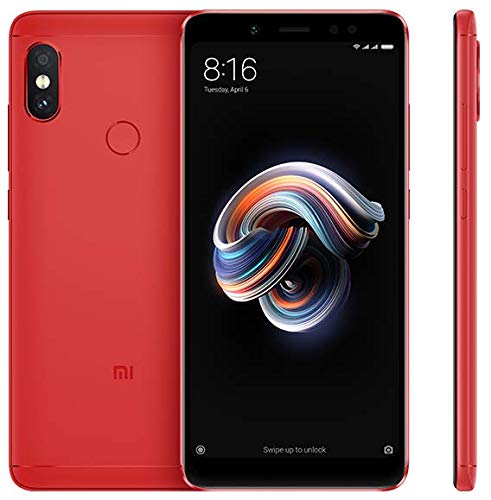
Traditionally Xiaomi used low/mid range Qualcomm Snapdragon SoCs in the Redmi phones. The naming scheme and countless variations of Xiaomi’s phones may be confusing, but most of them featured Snapdragon 4xx/6xx platform.
2018’s Redmi 6 was a notable exception. Xiaomi opted for the 12 nm Mediatek Helio P22 (MT6762) SoC. They also put dual rear cameras, which was a notable improvement from its predecessors.

The yearly refresh, i.e. the Redmi 7, has been a favorite phone for leaksters. A number of small but useful details were spotted by the eagle-eyed Android community, long before the official announcement.
The TENAA listing of Redmi 7 confirmed a 6.26″ LCD display with 1520 x 720 HD+ resolution and a 3900 mAh battery. The model number was mentioned as M1810F6LE.
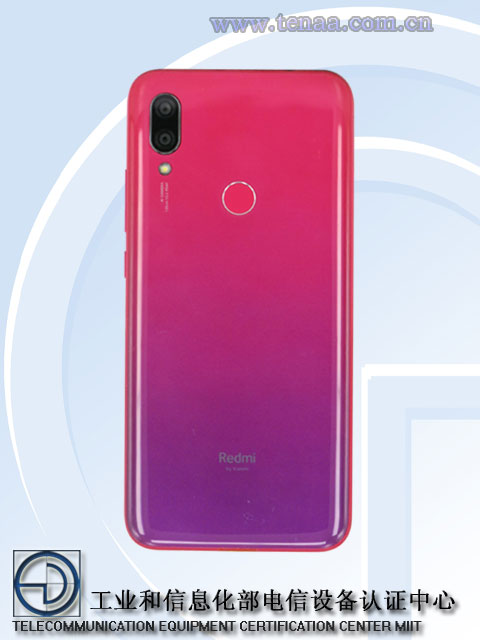
After a few days, a live hands-on video surfaced on the interweb, showing the M1810F6LG variant of Redmi 7.
https://youtu.be/2-G3RnAuhSM
The codename of the phone seemed to be ‘onc’, as displayed in the video.
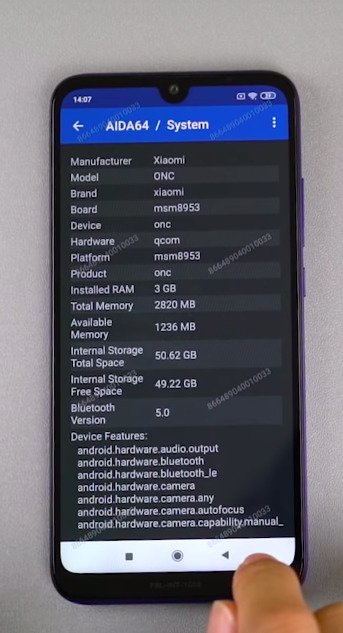
Xiaomi officially unveiled the Redmi 7 along with Redmi Note 7 Pro and Redmi AirDots in China on March 18.
Powered by Qualcomm Snapdragon 632 SoC, Redmi 7 comes with three different RAM and storage variants – 2 GB RAM/16 GB of storage, 3 GB RAM/32 GB of storage and 4 GB RAM/64 GB of storage.
Meanwhile, another variant of Redmi 7 with model number M1810F6LI popped up under Mi India’s RF Exposure section.
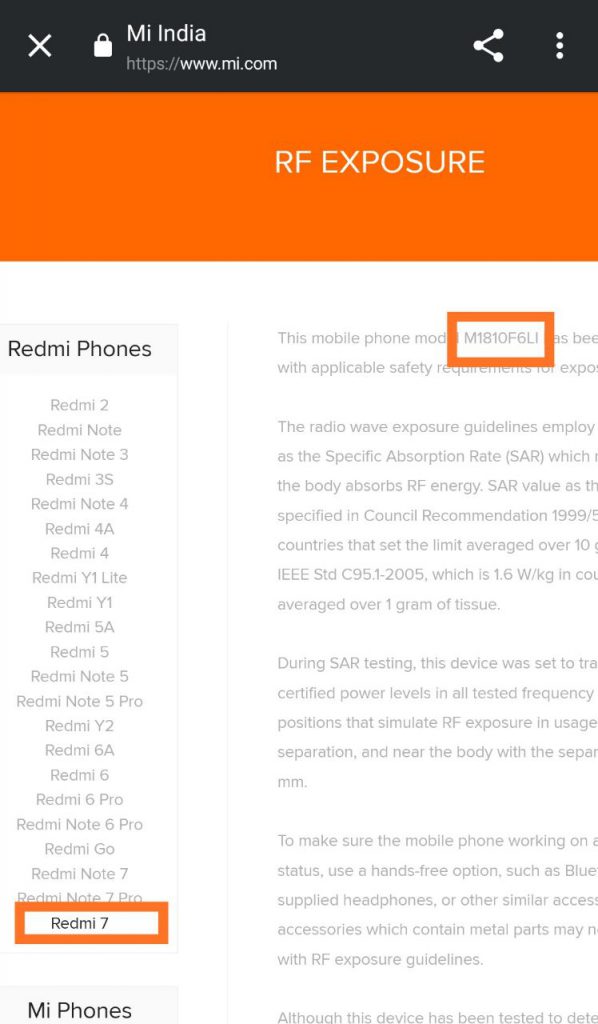
Amidst this sheer amount of confusions, we have got our hands on the first firmware package of Redmi 7. As always, credit goes to the Xiaomi Firmware Updater project and its developer, Youssif Shaaban Alsager aka yshalsager.
- Device: Redmi 7
- Codename: onclite
- Channel: China Stable
- Version: V10.2.2.0.PFLCNXM
- Android: 9.0
- Type: Recovery
- Download: Link
- MD5:
- Type: Recovery
Readers should notice that the codename is slightly different – it’s ‘onclite’, instead of ‘onc’. The ‘lite’ variant is a definite indicator of another model with upgraded configurations. Does it signify the existence of the upcoming Redmi 7 Pro?
However, the guys over XDA Developers think that ‘onc’ will be the successor to 2018’s Redmi S2/Y2. Theoretically it should be Redmi Y3, which was spotted earlier on Wi-Fi Alliance portal.
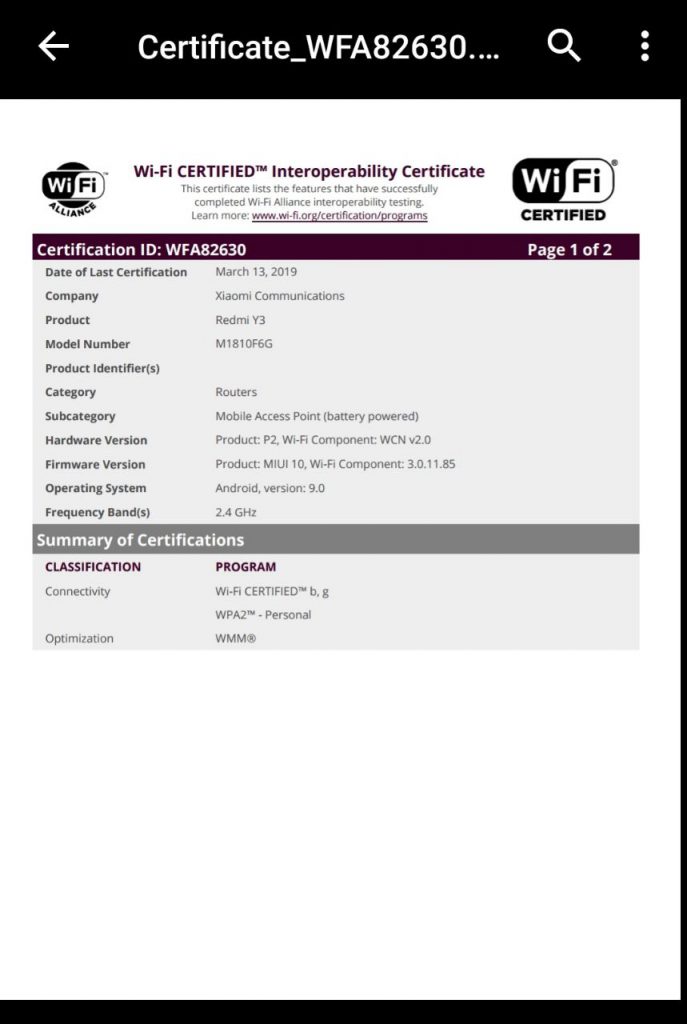
First discovered by MySmartPrice, the model number of the was listed as M1810F6G. It’s the same ‘M1810F6’ group that we noticed earlier with various Redmi 7 regional models.
At this moment, Xiaomi’s obsession of rebranding and complicated naming scheme make the guessworks really hard. Things gonna be much more clearer after the global launch of the models.
Are you planning to buy Redmi 7? Let us know by commenting below.
PiunikaWeb is a unique initiative that mainly focuses on investigative journalism. This means we do a lot of hard work to come up with news stories that are either ‘exclusive,’ ‘breaking,’ or ‘curated’ in nature. Perhaps that’s the reason our work has been picked by the likes of Forbes, Foxnews, Gizmodo, TechCrunch, Engadget, The Verge, Macrumors, and more. Do take a tour of our website to get a feel of our work. And if you like what we do, stay connected with us on Twitter (@PiunikaWeb) and other social media channels to receive timely updates on stories we publish.

